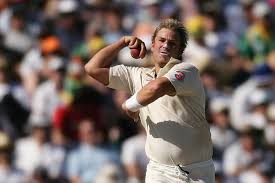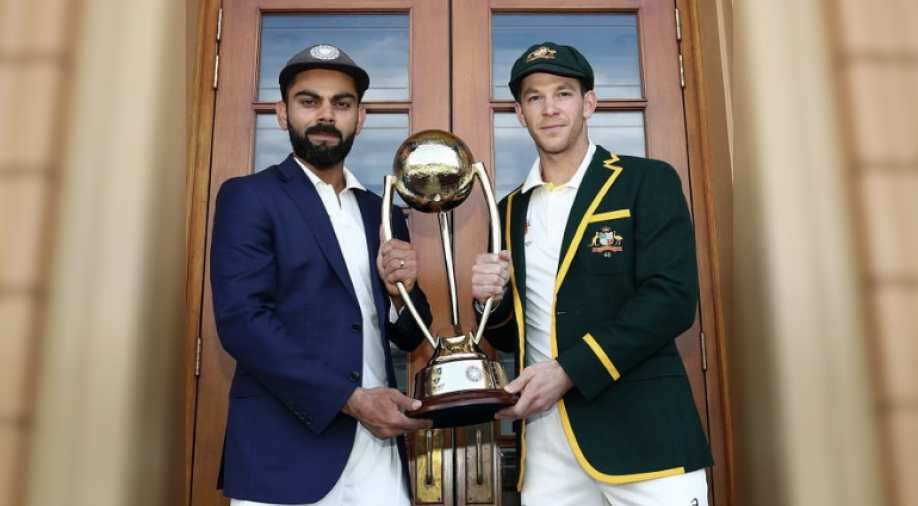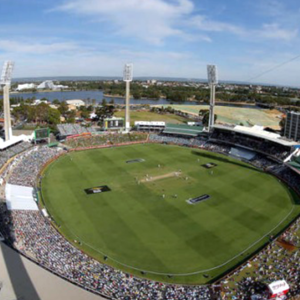Warne talks about spin bowling. The first thing he looks for in a spinner is whether he is able to spin the ball. Next, does he search for wickets, the format does not matter, because ultimately, the game comes down to wickets and runs. How does he go about setting the field? Then the bowling action, the position and the angle of release. If the ball does not spin, then the action must be changed. Warne also feels that the grip must be loose and comfortable. It must not be too tight as other coaches usually advise. A decent batsman will be able to pick up any spinner from the hand quite easily and hence, the spinner must distract and unsettle the batsman. This is about Warne and the art of spin
Basics for a spinner
The spinner must play on the mind of the batsman by constantly moving the field, basically giving the impression that he is incharge. Warne was a master at this. He could read how a batsman is in a matter of few overs. Whether he could bat slow or quickly. How he grips the bat or takes guard and whether he can pick Warne from the hand. Warne also gives an example of thinking a batsman out. This time, it was Gooch. He positioned a fielder at 45 degrees behind square as both an attacking catcher and a pressure builder and also left most of the leg-side open. He began round the wicket and bowled straight for awhile and finally, a big wide one. It spun and Gooch was bowled around his legs.
Warne is adamant that wind is not the reason for dip and drift. It is all about angles and revolution. The batsman will be able to predict the wind but will not be able to predict revolutions. If a leg-spinner is able to put in lots of revolutions on the ball, the ball will dip and for an off-spinner, it will drift away. It can happen even against the wind. The less the revolution, the lesser the chance of troubling the batsman. The position from where the ball is delivered creates the angle that challenges the batsman.
The bowler must call the shots
Warne advocates that the bowler must dictate terms about what shot must the batsman play. Ofcourse, whatever he says, it is all from his perspective of being a bowler. If the pitch is slow, the bowler must bowl full and if it is quick, shorter is alright but with more over spin. It will give the batsman less time to adjust. He preferred bowling against the wind because the ball would hold and with the Sun behind him because it would be difficult for the batsman to read from the hand.
Young spinners needs patience above all else. Warne took one wicket every 10 overs. So patience is the key. Again, Warne is all praise for his coach Terry Jenner. Wherever he went, he would call Terry regularly just to let off some steam. Before the 2005 Ashes, Warne spent an enormous amount of time with Terry because he felt that something with his bowling was not correct. Warne’s passion for leg spin is quite well-known. Leg spin is a tough art. It requires courage and also the support of the captain. Off-spin is easy to bowl and easy to hit but to be a good offspinner, it takes patience and practice. Bowling around the wicket is quite tough because it needs lots of practice to get it perfect.
How to bowl?
A strong action is necessary and the bowler will have to complete his action. Warne is appreciative of Tendulkar and Lara. Tendulkar he says was quick on his feet and went down the pitch easily. So the margin for error was low. Lara was able to pierce the gaps with great accuracy. The chapter closes with the mention of some of the favourite grounds of Warne with Melbourne taking the cake. Leg spin is back in fashion and it will be an understatement to state that Warne played a part in its revival. He was the reason leg spin has been revived. People thronged stadiums in the expectation that something, anything will happen as and when Warne is handed the ball.
The craze that he has created for the type of bowling is unbelievable. Sure, Kumble and Mushtaq were still playing at that time but they did not have the same impact as Warne. Kumble did not turn the ball that much and Mushtaq was inconsistent. It would not be wrong to say that Warne did the bulk of the work to revive the art.



